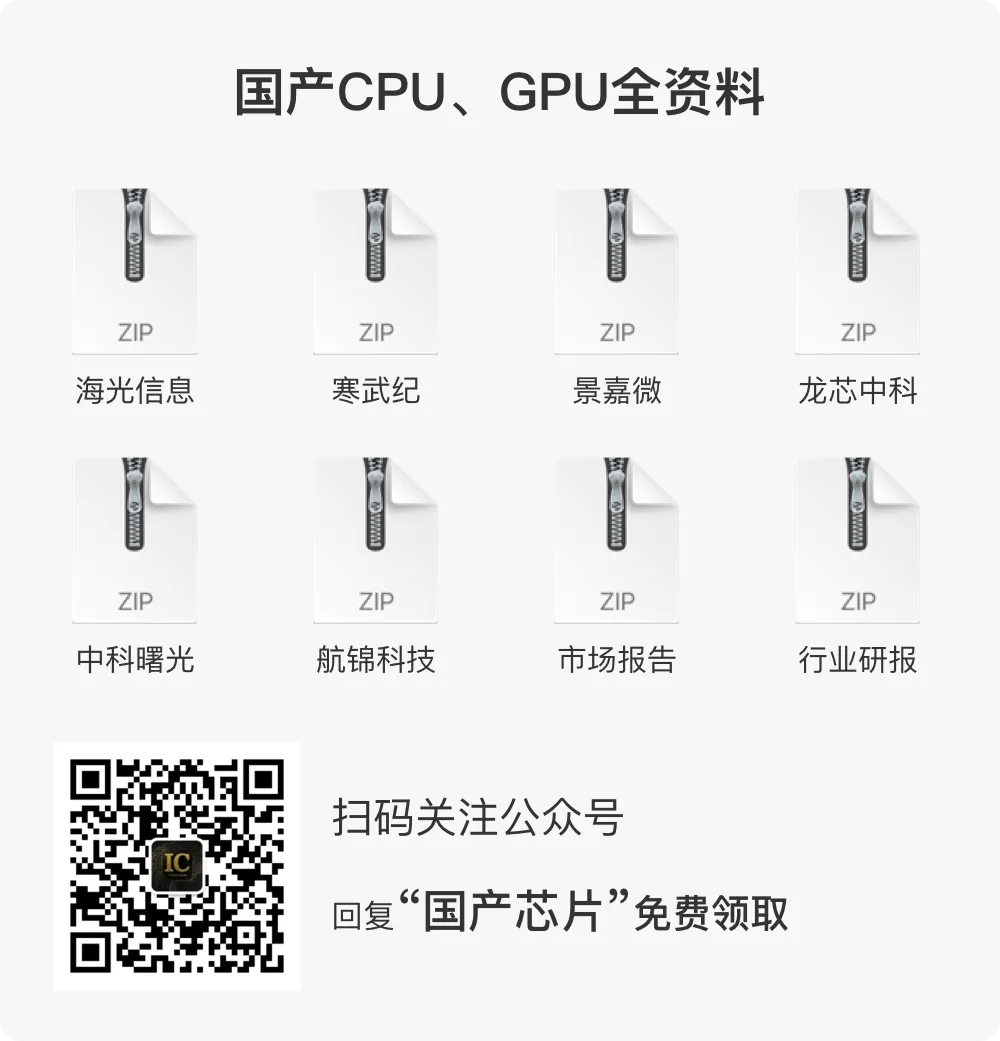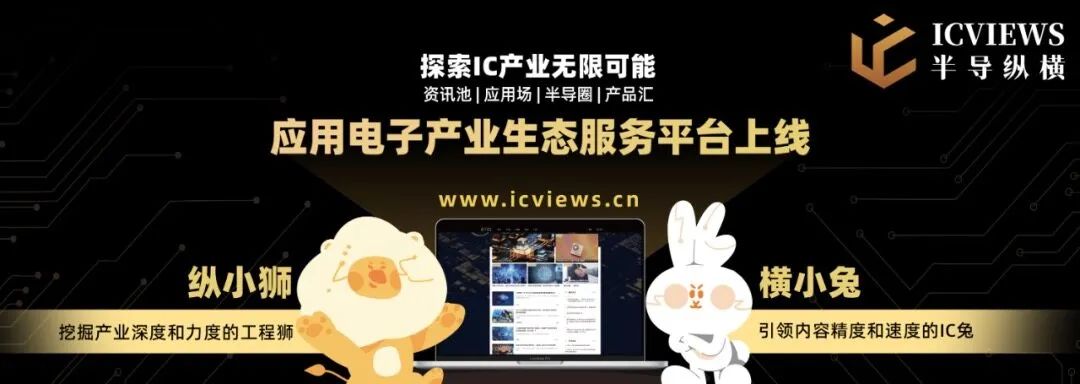
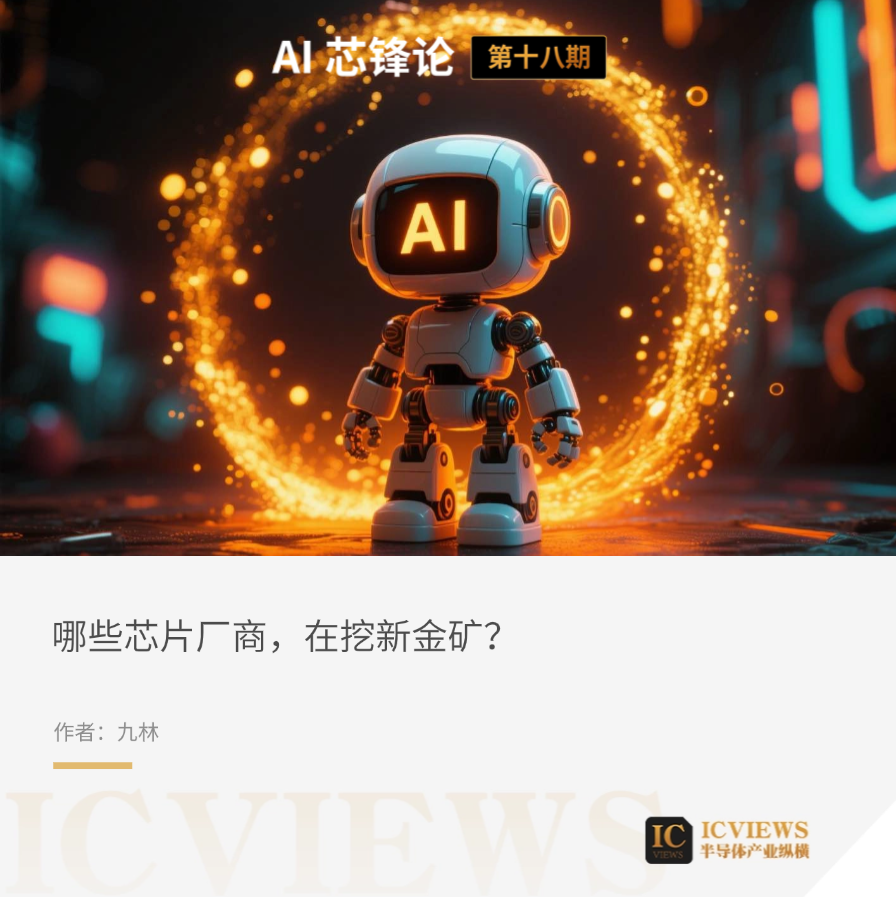
AI toys have become a new money-making machine in shopping malls.
Last year’s hottest toy, Jellycat, has transformed into AI toys that can speak for themselves. Some people find them useless, while others think they are just a gimmick, but this does not hinder the popularity and profitability of AI toys. During visits to several tech companies, a manager stated that their live stream achieved a transaction volume of 520,000 yuan in just one day.
Research reports predict that as AI and embodied intelligence technologies mature, AI + toys will become one of the market’s explosive directions, with the market size expected to exceed 30 billion yuan by 2025.
When toys are endowed with AI capabilities, not only do their values increase, but their sales also soar.
 01The First Batch of AI Toy Sellers Made a Fortune
01The First Batch of AI Toy Sellers Made a Fortune
When it comes to making money, Elon Musk is the one to beat.
Previously, Tesla’s robot action toy was sold in the official store for $40. Within 24 hours, it was sold out, even causing the website to crash at one point.
This made many people see the appeal of AI toys. Later, Musk liked a Chinese AI toy on social media that could transform and move according to its owner’s actions, ultimately transforming into Megatron.
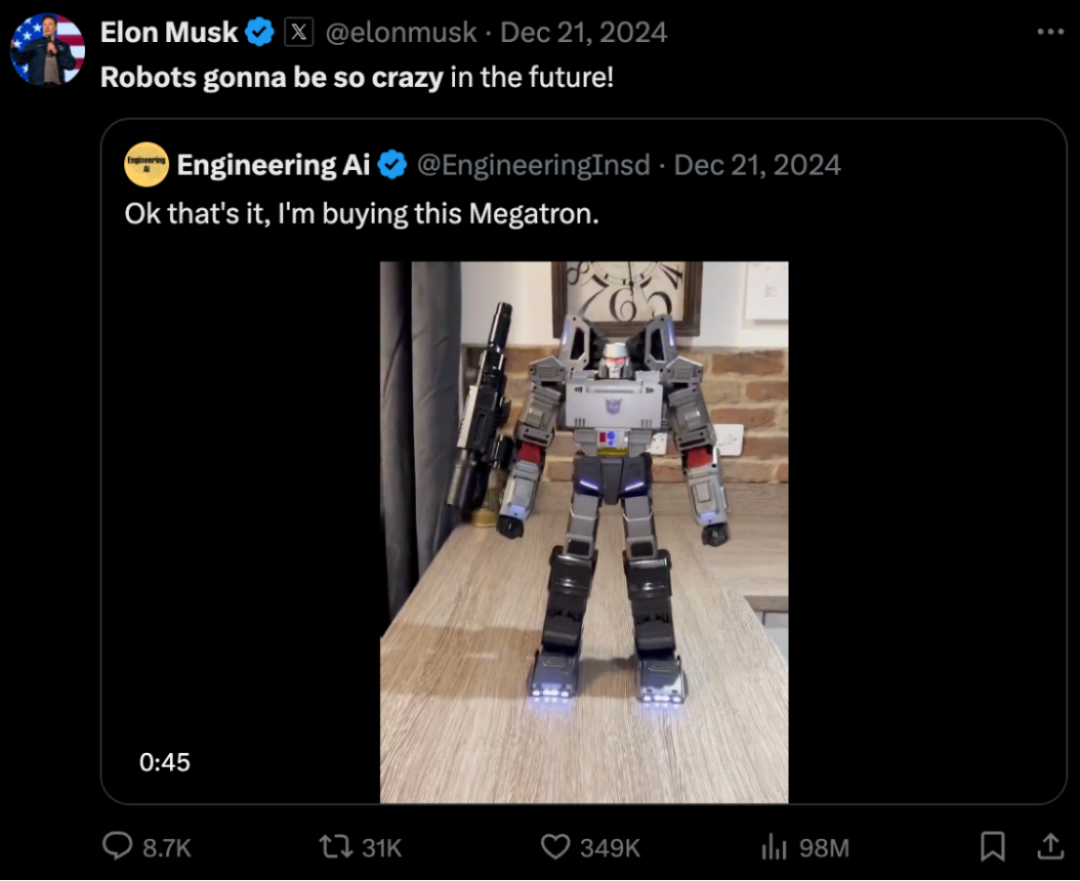
Unbeknownst to many, AI toys have become a hot new favorite for many.
ByteDance’s AI companion doll also became a hot item; originally a non-retail gift, its embedded AI technologies, such as the Doubao large model and professional version of the button, allow it to engage in dialogue and emotional interaction, driving its resale price on second-hand platforms up to 500 yuan.
A TCL representative stated, “The core of AI toys is not about showcasing technology, but about creating emotional connections with warmth.”
In today’s heavy social environment, the rise of the single economy, increasing aging population, and growing parenting pressures, breakthroughs in generative AI and large models have enabled robots to possess the ability to “understand human intentions” for the first time.
Industry consensus is that as the capabilities of AI large models continue to improve, their dialogue interaction capabilities, problem-solving abilities, and even emotional companionship capabilities are expected to migrate from online to offline,making AI toys one of the physical carriers of AI large models, with their market share in the toy industry expected to continue to rise.
According to data from consulting firm IMARC Group, the AI toy market size is expected to reach $18.1 billion by 2024, and by 2033, the global market size in this field will grow to $60 billion, with the Asian market dominating.
Compared to other fields, AI toys place greater emphasis on user experience and interactivity. Both children and adults have a strong interest in toys with intelligent and interactive features, and this widespread market demand provides a solid foundation and broad development space for the implementation of AI large models.
Recognizing the vast prospects, many executives from major domestic companies are entering the AI toy sector. For example, former vice president of Meituan, former partner of Tmall Genie, and former product design head of Xpeng Robotics, among others.
Li Yong, a former partner of Tmall Genie, founded Yueran Innovation (Haivivi) and launched the AI toy accessory “BubblePal” in July 2024. As of March 2025, the product’s sales on Douyin alone have exceeded 20 million yuan.
 02Which Chip Manufacturers Are Mining New Gold?
02Which Chip Manufacturers Are Mining New Gold?
The core competitiveness of AI dolls that can speak and interact with people lies in their chips. The most important thing is to embed the “soul” into the compact body of AI toys.
What chips do AI toys actually need?
In enhancing user experience, AI toys require features such as multimodal interaction, autonomous learning, and emotional computing, all of which demand strong computing power. Additionally, there are requirements for voice interaction and visual processing. Therefore,the current wave of AI toys has a high demand for computing chips, voice interaction, visual processing, and multimodal SoCs.
Currently, mainstream chip companies providing AI toy solutions include:Espressif Technology, Allwinner Technology, Rockchip Technology, and Broadcom Integrated.
The aforementioned ByteDance “eye-catching bag,” which has been driven up to high prices, usesEspressif Technology’sESP32-S3. Additionally, Espressif also has a similar ESP32-S4.Both chips support local neural network computing and come with local AI processing capabilities. Moreover, Espressif has launched a solution combining trendy toy manufacturers, Espressif, and the Doubao large model.
The AI companion that can speak, Tom Cat, priced at 1000 yuan, is designed for children aged 3-11 and can perform emotion recognition, proactive chatting, bilingual interaction, and general knowledge education. It usesAllwinner Technology’sR128-S3 highly integrated wireless audio SoC.Allwinner’sR128 chip features a dual-core architecture of RISC-V XuanTie C906 + Arm CortexM33, providing powerful computing capabilities.

Tom Cat Company is currently developing AI products including the Tom Cat AI voice robot, AI storytelling app, AI games, etc. The first generation of Tom Cat AI robot products is equipped with a dedicated Tom Cat AI large model, featuring rich expressive expressions, touch sensors, a soft and moderately hard silicone feel, and freely movable arms.
Rockchip Technology’sATS3703, ATS3503, ATS3603can also be applied in the field of AI toys such as children’s robots. The Rockchip ATS3703 is known as the “king of cost performance” in the children’s market, featuring a quad-core CPU + 3D GPU, supporting Flash tourist face recognition (accuracy 95%). Compared to the RK3576 from Rockchip, it is cheaper.

Broadcom Integrated announced in January this year that it has partnered with Aodubi to integrate the Volcano Engine Doubao AI large model into toys, equipped withBroadcom Integrated’sBK7252N and BK7258chips, launching a toy AI smart kit. The kit connects to the Volcano Ark MaaS platform, achieving an integrated real-time synchronization solution.
In addition to chip manufacturers, module manufacturers are also launching integrated solutions.
The communication module of the “eye-catching bag” usesQuectel Communication. Quectel Communication can provide AI toys with diversified solutions such as cellular, Bluetooth, Wi-Fi, and smart modules, adapting to different toy forms. A demo of AI toys based on cellular modules has been realized, and demo solutions based on Bluetooth and Wi-Fi modules will be launched soon.
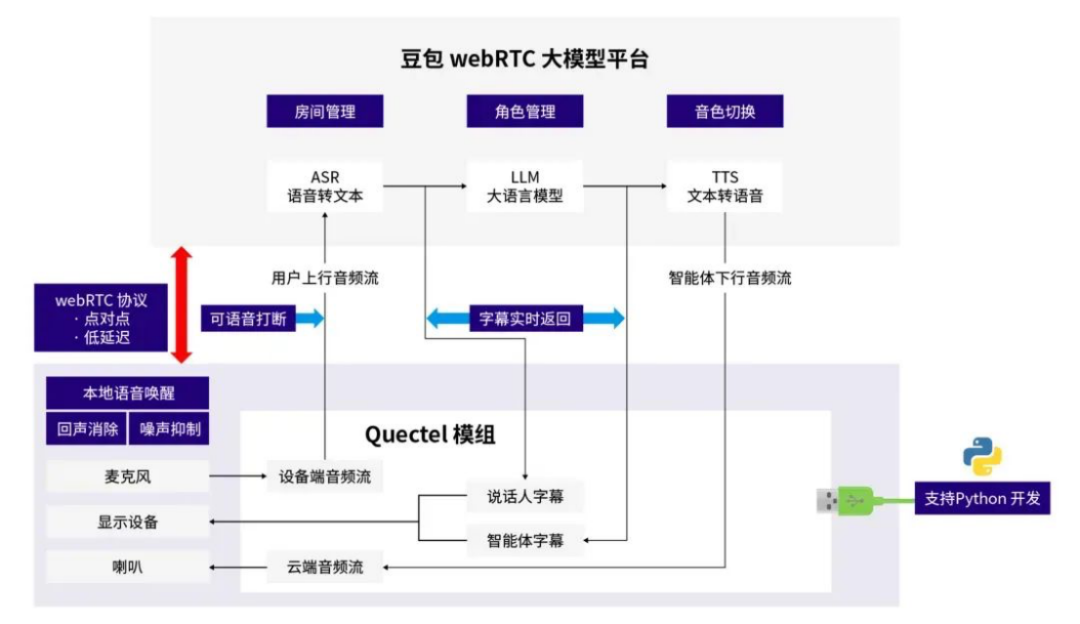
Currently, Quectel Communication has taken the lead in completing the integration of communication modules with the Doubao RTC large model, providing AI toys with real-time and efficient voice interaction experiences.
Guanghe Tong has launched an AI toy large model solution, which deeply integrates Doubao and other AI large models, and is equipped with Guanghe Tong’s Cat.1 module, assisting smart toys in achieving AI upgrades. This solution does not require an external MCU and can realize audio and video transmission, voice recognition, natural language processing, and machine learning, enabling multidimensional interaction with users in human/animal/IP forms, opening up new ideas for the innovative development of AI toys.
Currently, various chip companies have differing attitudes towards the AI toy market.
Regarding entering the AI toy industry, Espressif does not engage in complete machine business, and the chips or modules sold still come with general software functions. For example, Espressif Technology stated, “AI toys will have some functions unique to the toy industry, which Espressif is not familiar with, so industry solution providers will develop specific industry solutions based on the general solutions provided by Espressif. If trendy toy manufacturers have development capabilities, they can develop themselves; if not, they can outsource to the aforementioned industry solution providers for development.”
However, whether from chip or module manufacturers, the solutions aim to help toy manufacturers lower the development and market entry barriers for AI toys.
 03AI Toys: A Wide Price Gap in the Market
03AI Toys: A Wide Price Gap in the Market
In terms of price, the differences between different products are significant. From AI smart hardware that can be purchased for 10 yuan to AI robots costing 30,000 yuan, many factors are involved.
If it is a DIY enthusiast on social media simply making AI toys or AI chatbots, the hardware cost of the chips can be considered “dirt cheap.”
Aside from a few tens of yuan for the microcontroller, the rest are almost a few dimes or a few yuan. A communication-related chip solution provider stated,the cost of the chip solution module for AI toys (Wi-Fi chip plus audio chip, etc.) is about 10 to 20 yuan, with the battery and screen costs calculated separately. Some netizens even stated that cheaper options can be as low as a few yuan.
However, if there are more requirements for AI toys, the hardware cost will increase sharply. ByteDance, when asked about the procurement cost of the “eye-catching bag,” stated thatthe total POC cost, including chips, boards, embedded Linux systems, external Android systems, and IP design, is about 90 yuan.
According to reports, the current market for AI modules, excluding platform access fees and customized content quotes, has hardware costs mainly concentrated between 10-30 yuan. If platform access and personalized customization are included, due to different platform access resources, prices may vary significantly, ranging from 20-80 yuan; additionally, if screen playback or special customization is required, extra costs will be added. Such AI module prices pose significant cost pressures for traditional children’s toy manufacturers.
In addition to hardware costs, the cost of large model tokens for AI toys is also an unavoidable aspect for manufacturers. Different models have varying prices and charging models; for example, some models adopt a lifetime licensing method, but typically, well-performing large models are relatively expensive.
Unlike ordinary toys, some AI toys implement a paid subscription mechanism. For instance, FoloToy’s AI sunflower is priced at 258 yuan, which includes six months of free conversation service, after which users can choose to pay 99 yuan (for 12 months) to continue receiving services.
Overall, the gross margin for AI toys’ hardware is mostly around 60%. If the price exceeds 1000 yuan, the gross margin will be even higher, with this premium largely attributed to the IP.
 04Conclusion
04Conclusion
AI toys are evolving from simple offline voice interactions to online conversations and integration with large models, enhancing their intelligence, interactivity, and playability. The AI toy industry has also seen many emerging companies launching innovative products.
From Grimes, Musk’s ex-girlfriend, co-founding the startup Curio to launch a $99 AI plush toy that sold out quickly upon release, to Casio’s AI pet toy Moflin, which sold out on its website immediately after launch, with prices skyrocketing on second-hand sites.
The combination of AI technology with trendy and creative toys brings a new value experience.In the future, AI toys are likely to become another hot product following TWS earbuds and AI smart glasses.

